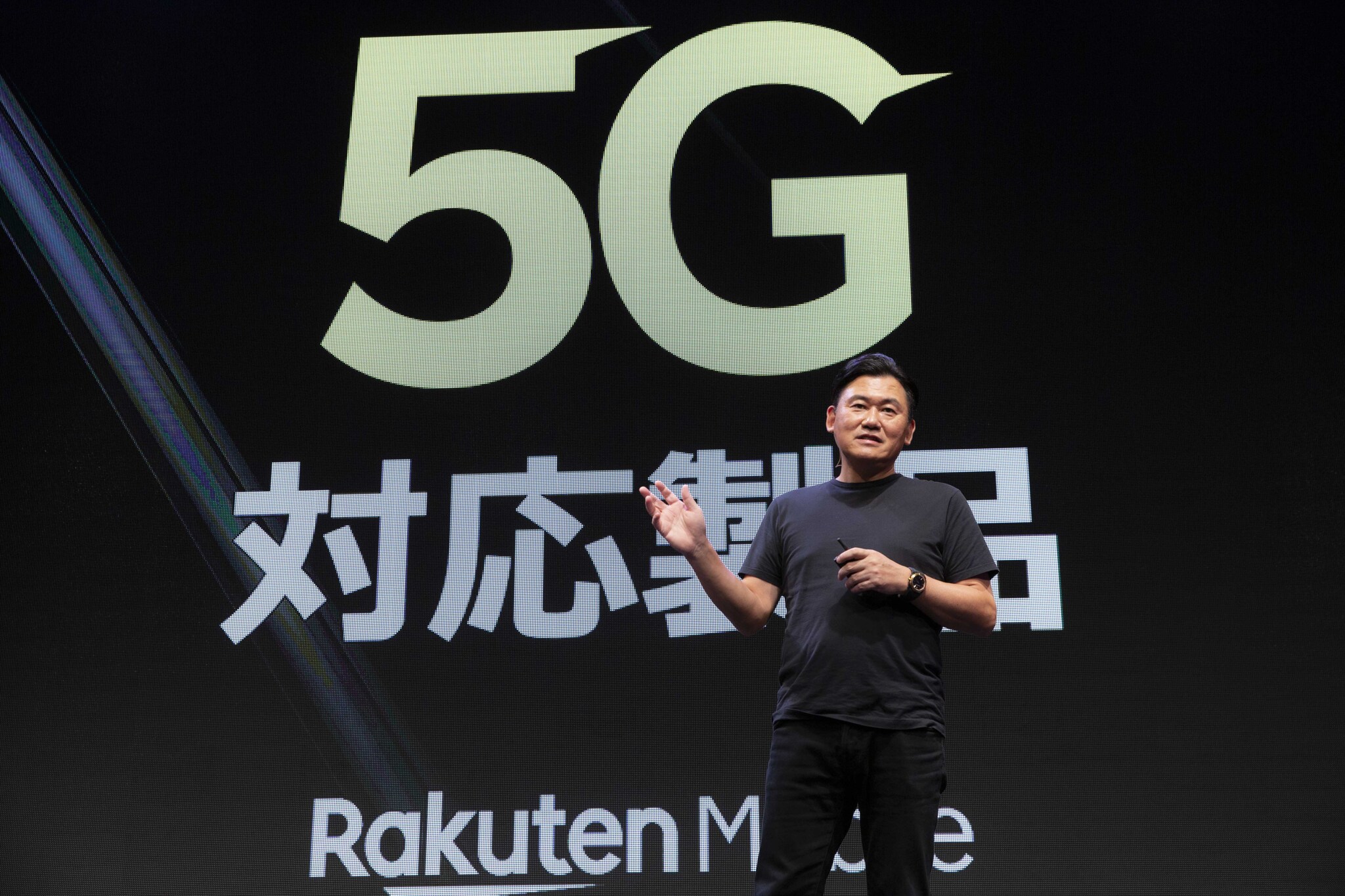AMD Ryzen 5000 CPUs (otherwise known as Vermeer) are pencilled in for the latter half of 2020, and that means we’ll be hearing all about them very soon. October 8, in fact. That’s when AMD will be holding an announcement live stream on its next-gen Ryzen CPUs and the Zen 3 architecture.
Need a new CPU now?
(Image credit: AMD, Intel)
If you can’t wait ’til the end of the year, these are the best CPUs for gaming right now.
Oh, you might be wondering why the leap to the Ryzen 5000 branding with this generation. Us too. The Ryzen 4000 branding was due a desktop range this year, yet a recent benchmark result on Ashes of the Singularity suggests it’ll be the 5000-series, and Ryzen 7 5800X, that makes its way into our gaming PCs instead.
The decision to switch the name to Ryzen 5000, if true, is no doubt driven by marketing consideration, although perhaps there’s some thought to also clearing up the strange Ryzen desktop/Ryzen Mobile naming mess that’s been causing confusion ever since Ryzen’s inaugural season.
Either that or this is a deliberate attempt by AMD to troll our attempts at good SEO ahead of time.
Whatever the name, we know the Zen 3 architecture will be powering it. The successor to the incredibly successful and revolutionary Zen 2 architecture that launched in 2019, Zen 3 is said to be much more than an incremental update—in fact, AMD is promising an “entirely new architecture” with performance to match. An early signs point to promising improvements in gaming performance.
But what does that mean for our gaming PCs? We suspect AMD’s been judicious with its architectural improvements once again, and that will likely take the form of streamlining on-chip functions for greater instructions per clock (IPC). Combine that with the likelihood of these chips having higher clock speeds too, and you’ve got the recipe for genuine high-end gaming performance from the red team once more.
At a glance…
AMD Ryzen 5000 release date
AMD has confirmed that both the new Zen 3 CPUs and RDNA 2 graphics cards are on track for release later this year. When exactly? Well we’re sure to hear all about the AMD Zen 3 release date on October 8 at 12:00pm ET (9:00am PT, 5:00pm BST) during a planned live stream. Don’t miss it.
AMD Ryzen 5000 specs
A new architecture could signal sweeping changes to the Zen architecture in its third iteration. The most significant one that we know of is the use of TSMC’s 7nm Enhanced process node, which promises either lower power, higher performance, or a blend of both.
AMD Ryzen 5000 performance
Zen 3 will deliver performance “right in line what you might expect from an entirely new architecture”. By that assumption, we’re hopeful of a 10-15% IPC improvement with Zen 3 over today’s chips, but perhaps there’s more planned for the next-gen than merely raw throughput.
AMD Ryzen 5000 price
The chiplet architecture introduced with Zen 2 has proven itself an effective money-saving measure, and we suspect those savings will carry over to Zen 3, too. Though I wouldn’t expect too much of a change from the current pricing structure of the Ryzen 3000 CPUs.

Release date
Late 2020. That’s AMD’s official line on the Zen 3 release date, and that only leaves a few months until the big day arrives. The chipmaker’s CEO, Dr. Lisa Su, confirmed it was “on track to launch next-generation Zen 3 CPUs and RDNA 2 GPUs in late 2020”, and it’s living up to that promise by scheduling a live stream on October 8 at 12:00pm ET (9:00am PT, 5:00pm BST).
That event is sure to answer many of the big questions surrounding the highly-anticipated CPU launch, so don’t miss it. We’ll have all the details of the live stream on PC Gamer ahead of time.
Whispers from the grapevine had told of an announcement at Taiwanese tech show, Computex, which was due to take place from September 28-30, 2020 following a delay due to the coronavirus pandemic. The show has since been cancelled altogether, and we won’t enjoy its sprawling halls packed with wacky and wonderful tech until June 1-5, 2021.
Plans may have changed in light of recent shutdown measures, but be sure that these chips are still coming this year. AMD has made that very clear.
“We quickly adapted our global operations to navigate pockets of supply chain disruption and addressed geographic and market demand shifts caused by COVID-19,” Dr. Lisa Su recently confirmed.

CPU specs
Our expectations are high for AMD Ryzen 5000 CPUs—not the least bit because everything we’ve heard regarding it so far has been telling of a greater generational leap between Zen 2 and Zen 3 than most had expected.
AMD utilises a “leapfrogging” design approach with Zen. When one team is finished working on an architecture, rather than work on the next best thing, they get to work on the next next best thing. It’s an approach that appears to be paying off, and rather than rest on its laurels after a banner year with Zen 2, it’s promising a major overhaul to the Zen formula with Zen 3.
The most significant change is the proposed shift to a new and improved 7nm manufacturing node, courtesy of the Taiwanese Semiconductor Manufacturing Company (TSMC).
AMD had initially claimed a 7nm+ process node for Zen 3 on its CPU roadmaps. That gave rise to speculation that it would build its Ryzen 5000 chips on TSMC’s cutting-edge N7+ node, the first to use Extreme Ultraviolet (EUV) lithography in any substantial way. AMD later replaced references to 7nm+ with 7nm, all but confirming it would instead be using a more familiar enhanced 7nm process, likely the N7P design from TSMC.
Nevertheless, the new node offers either a 10% reduction in power consumption or a 7% performance boost to companies looking to shift from the first generation 7nm process. AMD will most likely be hungry for performance—the 7nm process already set it up for decent power efficiency with Zen 2—and clock speeds are sure to increase with Ryzen 5000.
The new node plays by all the same rules as that which it used to manufacture AMD’s Zen 2 processors, which should make for a simple swap to the enhanced 7nm node with Zen 3, by lithographic standards at least. This similarity does mean AMD won’t be able to cram more circuitry into its silicon, however, as the new node doesn’t offer an increase in transistor density over previous 7nm chips.

If AMD were looking to stuff more cores into Zen 3 then, it’s got to find the room someplace in its existing plans. Aside from shrinking the Zen 2’s 12nm cIOD (the communications chiplet) to the 7nm process node—which we’d expect it would be reticent to do as GlobalFoundry’s cheaper process is key to its pricing strategy—eyeing up AMD’s silicon doesn’t leave us with much confidence it’ll find any.
Also likely signifying a similar core-count loadout with the Ryzen 5000 generation is the appearance of a Ryzen 7 5800X on the Ashes of the Singularity benchmark. That particular chip was running with eight cores and 16 threads, which suggests core count parity with its likely predecessor, the Ryzen 7 3800X.
That’s not to say there won’t be significant changes to the CCX, or CPU core complex, with Zen 3. AMD has detailed the SoC architecture it plans on using with EPYC Milan chips—the next-gen server processors built on the same Zen 3 architecture—which suggest it will be combining the four-core CCX structure within Zen 2 into one super eight-core CCX with Zen 3. In theory, unifying L3 cache, streamlining memory access, and cutting latency between cores.
AMD’s Infinity Fabric interconnect is also high on our list of suspected overhauls incoming with Zen 3, along with new functionality added into the I/O cIOD die to improve connectivity, memory compatibility, and more.

Performance
Nothing is certain in processor performance until the home stretch, and that’s still a little ways off yet. Recent benchmarks from the Ashes of the Singularity benchmark database show the Ryzen 7 5800X crushing it at 8-cores and 16-threads, which could be indicative of decent performance to come. That particular database isn’t all that useful in comparative performance between AMD and Intel, however, as it heavily favours the former.
Very early leaks also pegged the then-Ryzen 4000-series to be as quick as Ryzen 3000, and that’s with only an early engineering sample. Yet that’s far from definitive proof of performance.
Most of what we’re expecting from Zen 3 rides on a statement from the VP and GM of the data centre and embedded solutions business group at AMD, Forrest Norrod. In an interview with The Street, Norrod said that performance would be “right in line with what you would expect from an entirely new architecture.”
Our best guess then puts AMD Ryzen 5000 performance roughly in line with the 15% IPC improvement with the jump from Ryzen 2000 and Ryzen 3000 CPUs (Zen+ and Zen 2, respectively).
Add on top of that a dash more clock speed driven by TSMC’s more efficient, enhanced 7nm process node, and we’re potentially eyeing up CPUs that could be some 20% faster than Zen 2—if maybe only a little slower on account of the 12nm to 7nm process node jump was far more substantial the the 7nm to enhanced 7nm half-step posited with Zen 3 and Ryzen 5000.
Finally, single-core performance is key to gaming performance. Raw clock speed does a lot for frame rates, but ensuring those clocks don’t go to waste is key to building the best gaming CPU. That’s why we suspect further optimisations to streamline its CPU architecture and cut latency will be on the agenda with Zen 3—if only to finally beat Intel at its own game.

Price
We’d be surprised if there were any major changes to AMD Ryzen’s tried and tested pricing strategy with the Ryzen 5000 chips. It’s successfully winning market share from Intel as it stands today, and its desktop gaming CPUs tend to offer a price/performance ratio that’s hard to argue against.
The only exception to this would be if AMD did, in fact, release new Zen 3 SKUs with greater core counts than the existing Ryzen 7 and Ryzen 9 processors. We don’t think it likely, but a change in core count throughout the stack could demand a price bump, too.
AMD’s also been keen to increase average selling prices (ASP) in order to completely shake off its reputation as the “cheaper alternative” to Intel. If it’s to make good on that, it might consider higher priced products to entice larger purchases, but we’d guess that wouldn’t affect the entire stack where it’s most price-competitive with Intel Comet Lake processors.
The reason it’s all been rather rosy for Ryzen, financially speaking, is through the introduction of a chiplet architecture with Zen 2. Monolithic chips (single silicon lumps) have been reaching maximum capacity for a while now—just look at the size of Nvidia’s Turing dies—and the cost of manufacturing large monolithic chips, which are at risk of more wastage per wafer, can quickly balloon as complexity is introduced.
With a chiplet architecture shrinking die size right down, and shifting the I/O away from the needlessly expensive cutting-edge node, AMD’s able to cut costs dramatically. It projects that a monolithic 16-core processor would cost more than double the Ryzen 9 3950X to manufacture. Even eight-core chips are roughly 25% cheaper thanks to chiplets.
Which all together has us confident that Ryzen 5000 pricing will be just as competitive as ever.












